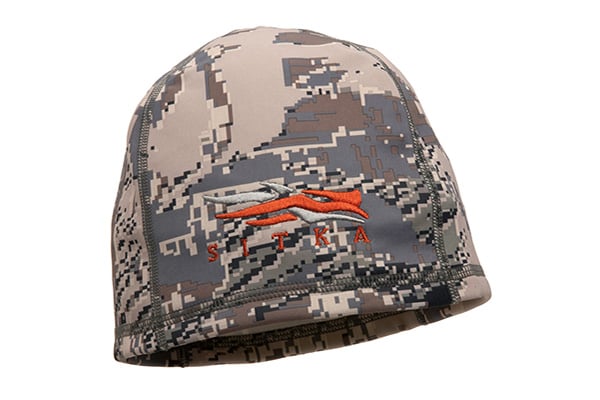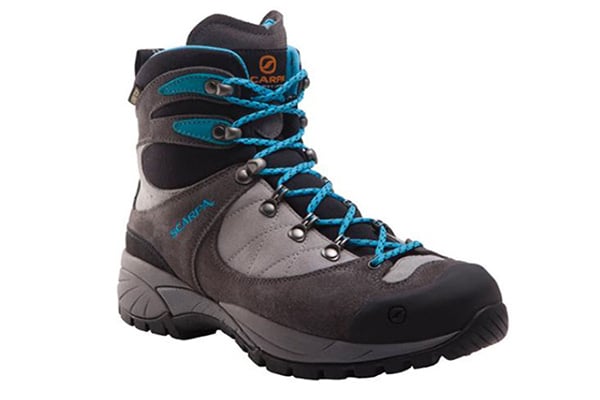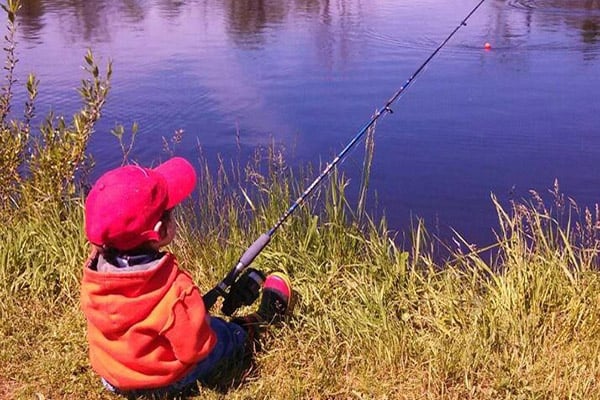Last Updated on
By David Link
Pairing the right camouflage pattern with your chosen hunting activity or environment can be a key element to your success. While some game can be fooled with basic camo patterns, other animals will be able to pick you out if your camo is grossly different than that of your environment. Some hunters will say: “It doesn’t really matter, flat brown coveralls have always worked for me.” But other hunters want to up their chances, and it logically follows that selecting the right camo pattern is an important way to elevate your hunting game. Of course, movement also plays a major part in camouflage. If you’re moving around wildly, then an animal is going to pick you out no matter what camo pattern you are wearing. That said, a new camo pattern is changing the way many hunt and making hunter movement less of an issue. Even with this new camo type, matching the color palette and design of the camo with your chosen hunting environment is still important. Let’s examine some of the popular camo patterns and brands so you’ll know what’s out there before you buy.
What Camo Should Do
The primary purpose of camouflage is to conceal the hunter and break up his / her human shape. Camo patterns employ natural earth colors, sharp diagonal (sometimes vertical or horizontal) lines mimicking branches, and leaf shaped patterns to accomplish this. If you adhere to the idea that camo should break up the outline of a human, then a solid flat pattern is not the best option since if anything it highlights your entire shape in one color. Other camo patterns try to balance positive and negative space (or foreground and background colors to put it another way). This said, there are two popular types of camo that hunters use today: one old school and one new.
Mimicry
Mimicry camo is the old school type of camo that most are familiar with. This pattern seeks to mimic the hunter’s surroundings by printing the same types of vegetation found in a particular area on their apparel. It also deploys the same color palette as the local flora, and many times this color palette is chosen based on the common colors found in the fall when most hunters are out. This camo is best deployed when you’re seated behind a larger object like a tree, larger brush, or at times a sloping embankment. Mimicry camo also works fairly well out of a tree stand. The drawback of this camo is that once you move, it becomes way less effective.
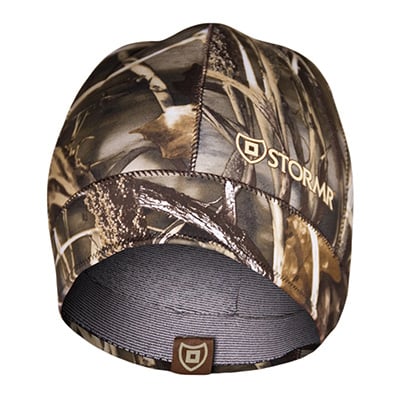
Concealment Camo
While mimicry camo has been the standard in hunting for many years, concealment camo is becoming more and more popular. Concealment camo is a military concept that has been applied to hunting, and it utilizes a digitally structured pattern that balances the natural foreground color with the background color. This play of positive and negative space creates an optical illusion of sorts for the animal that makes your outline formless. A major advantage of this camo in hunting is that even if the animal catches you moving, it is still difficult for them to pinpoint your exact location. Hunters will still want to minimize their movements even while wearing this camo.
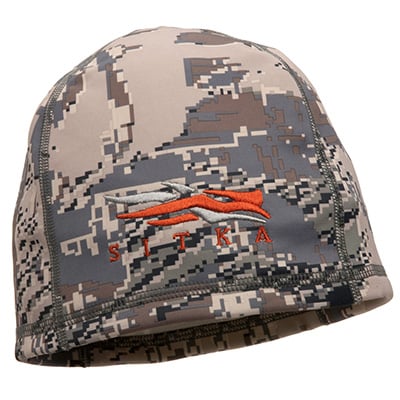
Popular Camo Brands / Patterns
Many companies have solidified their place in the hunting market by developing and patenting their own specific style of camo, but you’ll also see other companies license these patented camo patterns for their separate apparel lines. Each brand has their own mentality and approach to their camo, and while some mentalities may sound better than others, it is important to note that in many ways selecting the right brand for you is a matter of personal preference. That said, there are a lot of great brands / patterns available in both mimicry and concealment designs.
Sitka / Optifade
Sitka Gear utilizes concealment camo like the Gore Optifade patterns to offer better concealment for hunters from early to late season. Optifade concealment camo is designed with the animal’s eyesight in mind, and it works similar to the stripes or splotches of predators like tigers or cheetahs by breaking up the form of the hunter even while he moves. Sitka / Gore currently offers three different patterns in this style: Open Country, Forest and Waterfowl. Even with the added benefit of the concealment camo patterns, you’ll still want to match the color pattern of Sitka’s patterns to your typical hunting location.
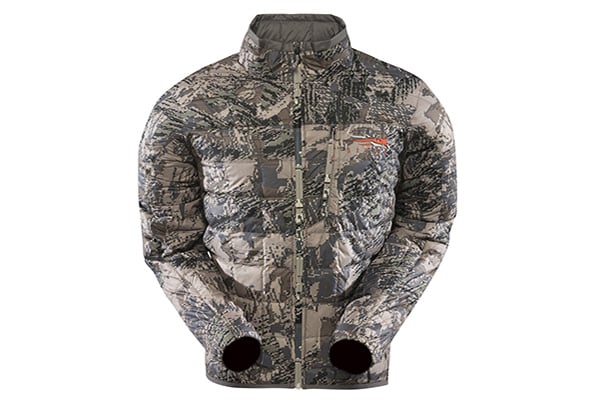
Predator Camo
Predator Camo is another brand that has taken a unique approach to modern hunters camo. They have pioneered Open Pattern Technology camo that focuses on misleading prey rather than mimicking the surrounding environment. Predator Camo has a distinct appearance best characterized by large open areas broken up by large solid break up lines. Their approach is on point with concealment camo where they try to break up the human form reducing panic in game the hunter is stalking. Predator Camo is available as a pattern for other companies but they also have an apparel line of their own.
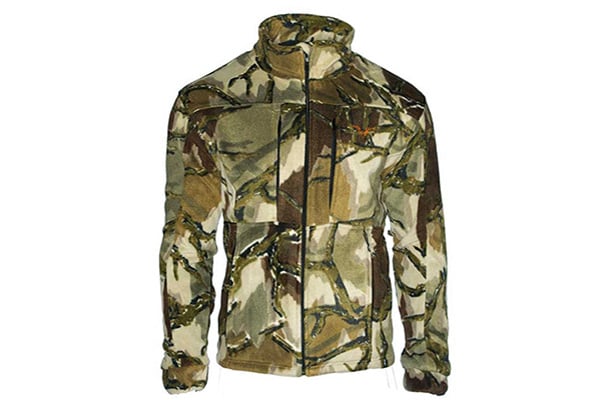
Realtree
As camo began to change in the late 1980s, Realtree was one of the brands that became a household name. Today Realtree patterns are world famous and available on a wide variety of different clothing brands. Realtree patterns use mimicry type camo with an almost lifelike appearance, and the approach is fairly simple. Images of leaves and twigs are layered over diagonal bark patterns to create a 3-dimensional appearance. Countless hunting apparel companies now offer Realtree patterns including Stormr and ScentBlocker.
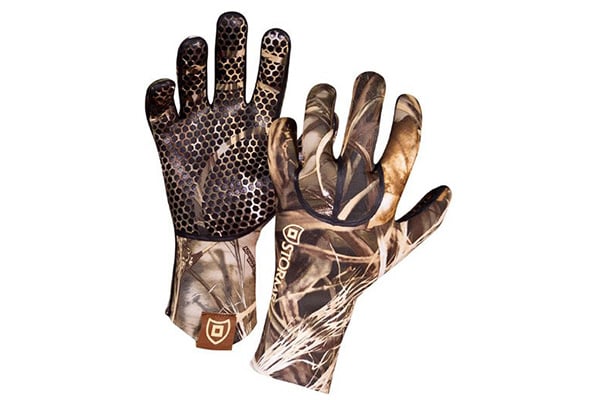
Mossy Oak
Mossy Oak is the other big name brand in mimicry camo, and the Mossy Oak brand also became a big name in the camo business around the 1990s. Their patterns are based on a similar notion of placing leaves and twigs over darker bark or other foliage designs. Mossy Oak, just like Realtree, is found in a wide variety of clothing brands and represents some of the best designs in mimicry camo. ScentBlocker uses Mossy Oak camo patterns.
